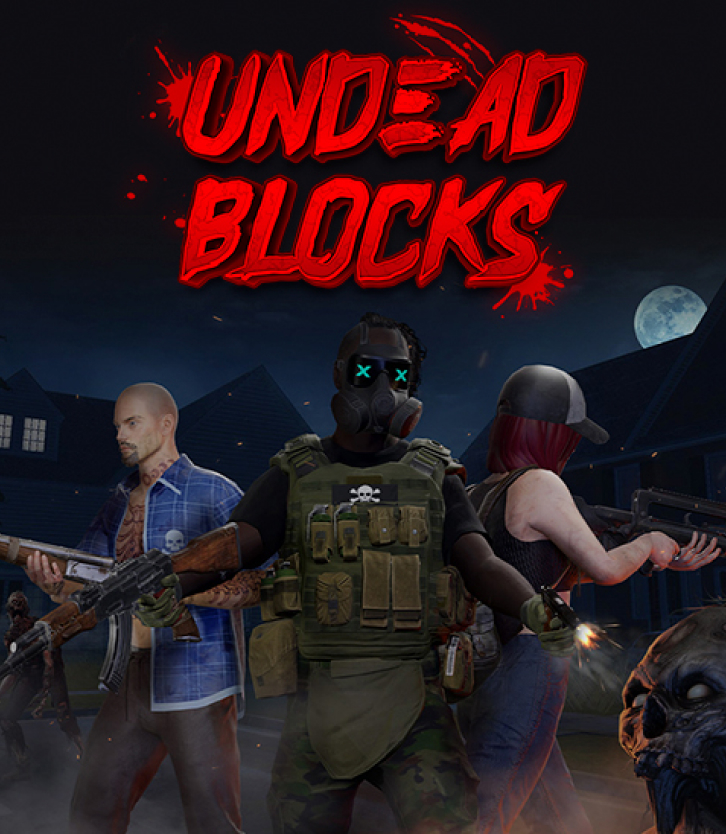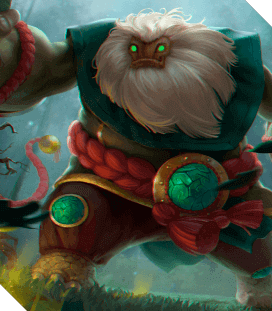It would seem, what are we talking about? The difference between 2D games vs 3D games is obvious – 2D games take place in a two-dimensional flat space, and 3D games – in a three-dimensional lifelike space. But it’s not all that simple.
In recent years, the trend of increased requirements for game realism on the part of players has intensified. Sometimes this realism reaches the level of complete indistinguishability of the game from live shooting. However, paradoxically, this does not prevent 2D games from actively developing to this day.
Let’s agree right away – talking about “2D is better than 3D” and vice versa with the most incredible justifications is a pure exercise in futility. Both 2D and 3D games have their fans and reasons to exist and thrive. And we want to offer you a comprehensive guide on the key milestones of creating 2D vs 3D games, their cost, as well as the most likely trends that will influence their development in 2023. There is a lot of information to cover, so keep up.
2D Games: Definition, Applications, and Pros & Cons
2D games are digital entertainment products based on two-dimensional flat art that only has width and height measurements.
A flat image means that it cannot be seen in perspective, it is only accessible from one side. Accordingly, movement in the game is limited to 4 directions – left, right, down, and up.
2D games are most commonly associated with smartphones, as most games for mobile devices are 2D due to being less demanding, more lightweight, and easier to optimize. But this does not mean that they are forbidden from entering the PC realm – it is enough to recall the most famous platformers to see the opposite.
The most popular 2D game genres are platformers (including Metroidvania), puzzles, and fighting games.
| Pros of 2D Games | Cons of 2D Games |
| Faster development compared to 3D | Unrealistic flat world |
| Elementary controls | Limited game mechanics |
| Smaller size and simpler optimization | Less demand compared to 3D |
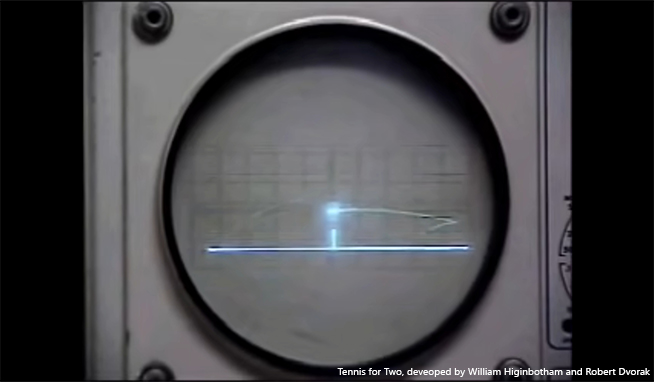
Did you know? The world’s first 2D game is Tennis For Two, a sports video game that simulates the game of tennis. It was developed by American physicist William Higinbotham and technician Robert W. Dvorak, displayed on an oscilloscope, and played using two aluminum controllers.
Quite often one can come across the opinion that 2D games are much easier to play than 3D, that they have a lower entry barrier for inept players, and that they are generally more forgiving of beginner mistakes. This may be true in some cases, but it would be unwise to make such generalizations for all 2D games.
The most beautiful Metroidvania in the history of gaming, Ori and the Blind Forest, mesmerizing with its ethereal hand-drawn graphics, celestial music, and heartbreaking story, knocks out the unsuspecting player with its punishingly difficult gameplay. Forced to die over and over again, players realize the trap they’ve fallen into. The gameplay is merciless to the inept player and makes you frustrated at every turn, but the world is so beautiful and addictive that you can’t help being stuck to the screen. The game won the Best Art Direction award at The Game Awards 2015, Xbox Game of the Year and Best Audio awards at Golden Joystick Awards 2015, as well as the Artistic Achievement award at British Academy Games Awards.
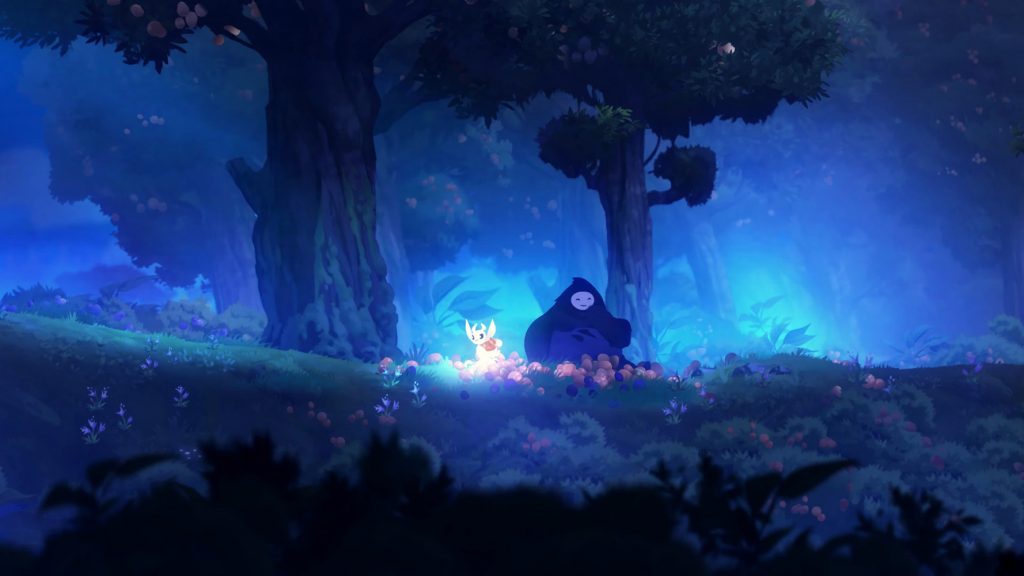
3D Games: Definition, Applications, and Pros & Cons
3D games are digital entertainment products based on three-dimensional volumetric art that has measurements of height, width, and depth.
A volumetric image means that it can be viewed from all sides. Accordingly, the movement in the game is not limited and is possible in any direction.
3D games can be stylized with a cartoonish twist, but more often than not, developers go for a realistic style. Realism allows them to provide players with first-class immersion in the game world. 3D games are considered the territory of PCs and consoles, but with the increase in the power of smartphones, this performance discrimination is no longer so relevant.
The most popular 3D game genres are action/adventure, shooters, and RPGs.
| Pros of 3D Games | Cons of 3D Games |
| Ability to achieve ultra-realism | Need for a big budget |
| Variety of graphic styles | Long and complex development |
| Limitless game mechanics | High GPU requirements |
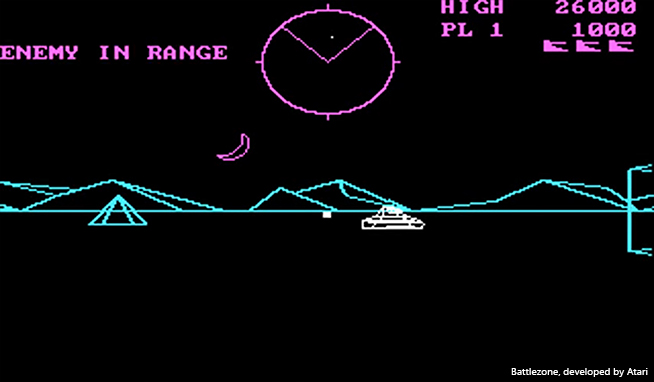
Did you know? The world’s first 3D game is Battlezone, a first-person tank combat shooter released for arcades in November 1980 by American game developer Atari. The game featured 3D vector graphics. Players controlled a tank that was attacked by other tanks and missiles, using a radar scanner to find the enemies around them in the barren landscape.
3D games are most often associated with something massive, some kind of open world that takes hundreds of hours to explore, such as the Horizon, The Witcher, or The Elder Scrolls game series. However, an open world and AAA publisher is not a prerequisite for 3D games. Many indie developers are also turning to 3D and achieving stunning results.
Stray is a third-person adventure game set in a post-apocalyptic cyberpunk setting where the player has to help a cat escape from a long-forgotten city filled with robots. The game offers relatively free vertical exploration of one of the locations, but in general it is a classic example of linear corridor adventures. Indie studio Annapurna Interactive has been making the game for 7 years. The result is a decent A-level product with high-quality, eye-catching 3D graphics, released for PC and PS4/PS5 consoles and awarded in two categories at The Game Awards 2022 – Best Independent Game and Best Debut Indie Game.
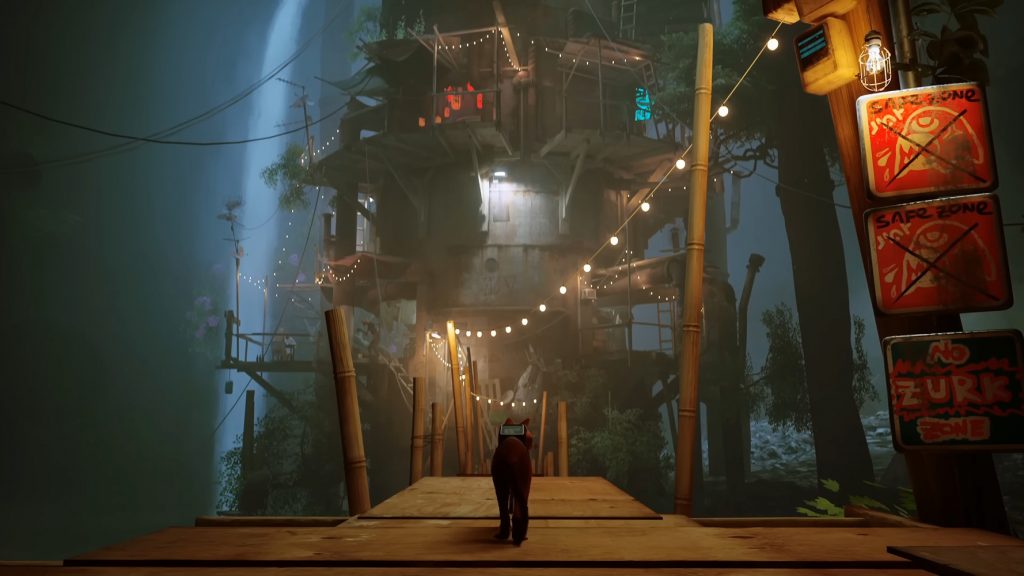
How to Make a 2D Game vs 3D Game: Stages, Team, and Timelines
Speaking of 2D games vs 3D games in terms of development speed, there is no doubt that 2D games will be made faster and at a lower cost in most cases. The reason for this is the more limited game world compared to 3D and the faster work on 2D graphics.
However, as far as development stages are concerned, they are the same for any game. We’ve talked about them in detail in our material covering 3 key steps:
- Pre-production, where the idea is formed.
- Production, where the idea is embodied.
- Post-production, where the idea is polished and presented to the players.
Pre-production covers a huge amount of preparatory work, answering key questions about the game genre, style, engine, budget, key mechanics, characters, story, and so on.
Production includes the direct creation of graphics, interface, and musical accompaniment, as well as the work of programmers to implement all the elements in the game engine.
Post-production often consists of polishing work to fix minor bugs noticed by players during the release, creating updates or additions for the game, and its technical support.
In addition to these stages, we have identified 3 more equally important ones, such as testing, pre-launch, and launch, which largely affect the success of your game.
All-you-need-to-know description of key game development steps in detail
Learn moreAs for the 3D vs 2D game development team, we can say with confidence about such specialists:
- Game producer.
- Game designer.
- Artists (2D for 2D games 3D for 3D games).
- Developers.
- Testers.
- Project manager.
While the composition of the team may vary depending on the working methods and pipelines of different game companies, often these specialists are present when creating 2D vs 3D games.
Professional 2D and 3D game creation companies provide a comprehensive description of the function of each team member before starting work. For example, at Kevuru Games, you will find such a team for creating a 3D game.

The same team line-up will be for the 2D game, with the exception of the 2D artists who will replace the modelers. It is also possible to reduce the number of specialists compared to a 3D game since 2D games are not as large-scale, and 2D art requires less time to create than a 3D model.
Of course you want to know about the timing. It is difficult to talk about specific dates without knowing the scale of the future game. Mobile 2D games can take months to complete, while large 3D PC games take years. For example:
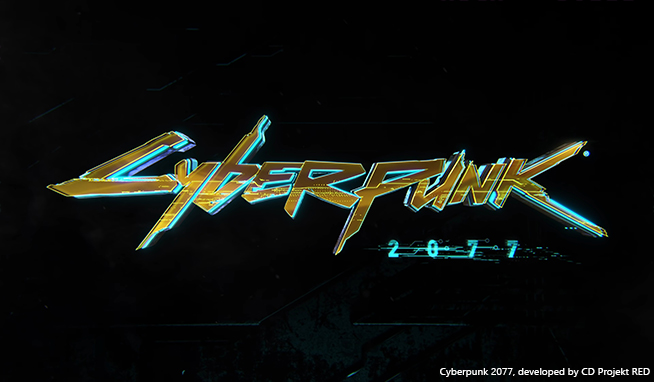
It took almost 9 years to create the famous role-playing video game Cyberpunk 2077 from the Polish studio CD Projekt RED.
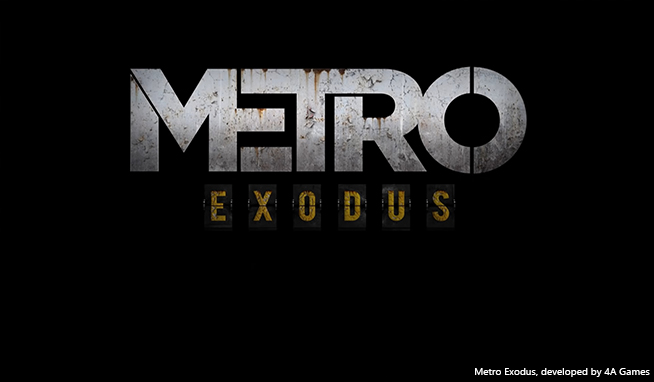
Metro Exodus, a first-person shooter video game from the Ukrainian studio 4A Games, was developed in 5 years (same as Elden Ring).
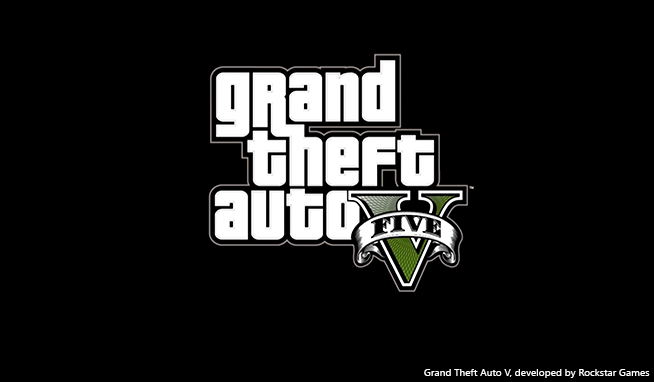
The legendary adventure game Grand Theft Auto V from the American company Rockstar Games was created in 3 years.
To understand how long it will take to create your game, as well as what budget you need to target, you need to provide the game studio with basic information and wishes regarding your game. Then the studio will be able to give you a rough estimate indicating the necessary team to create the game, the timing, and cost.

How Much Does It Cost to Develop a 3D vs 2D Game?
Regardless of whether you choose 2D vs 3D art, the price of the work will directly depend on several key factors:
- Intended platform. Making a mobile game will cost less than a PC game. We’ve discussed the cost of mobile development in our article. To develop a simple PC game, whether 2D or 3D, you will need from a few tens to several hundred thousand dollars or even more.
- Functionality and scale. The larger the game world, the more work is invested in it, the bigger the team and the money spent. For example, the creators of the 3D shooter Superhot were aiming to raise $100,000, while the creators behind the 2D adventure game Night In The Woods didn’t expect more than $50,000.
- Level of development. This refers to whether you are going to develop a game from scratch or you already have some kind of ready-made material, art, prototype, or other developments. Different stages of work – art, animation, backend, UX/UI, testing, and sound design – can be outsourced to different companies.
Dive Deeper:
✔ Mobile Game Development Cost: Factors Influencing Price and Clear Estimates
✔ Indie Game Development: Guide to Revenues, Most Profitable Genres & Monetization
✔ 10 Most Trusted & Highly Professional Game Art Outsourcing Companies in 2023
If you want to try to calculate the approximate cost of working on your game yourself, you need to estimate the size of the required team and the number of specialists. This will be enough to get a rough price. Because in fact, all the factors affecting the cost come down to one thing – the time spent on development.
We have already talked about this when discussing the issue of creating 2D and 3D art. Armed with the knowledge of the hourly wages of specialists, their number, and the time required to complete certain tasks, we calculate the approximate amount of necessary costs.
Rate x Hours x Number of Specialists
And here is our calculator for finding out the cost of the work of a team of specific specialists. It is most convenient to separately calculate the cost of the work of artists, developers, testers, game and sound designers, as well as project managers and other specialists. The hardest part is estimating the time they need to complete tasks.
Be sure to check out our article on the cost of creating video games if you want to learn more about developer rates around the world, examples of the highest and lowest budget games in the world, as well as the top-grossing genres in 2023 that transitioned smoothly into 2024.
Bonus Shot – Between 2D and 3D
Although the difference between 2D and 3D would seem obvious, the skill of the artists reaches such a level that it becomes difficult to answer the question for sure. But apart from the masterful play of light and shadow in 2D graphics, which is starting to look like 3D, there is such a thing as 2.5D.
2.5D or pseudo-3D is 2D graphics that simulate three-dimensional space.
An example of a pseudo-3D computer game is the first-person shooter Doom, as well as the first-person RPG of the Might and Magic series. Despite the fact that the environment in these games is three-dimensional, and the player can move freely in all three planes, in fact, the game levels consist of separate sector rooms with different floor and ceiling heights. A situation in which one room would be above another is impossible. Also, the player’s opponents and the vast majority of Doom’s elements are sprites – animated two-dimensional images.
Despite the dominance of 3D games, pseudo-3D games continued to exist, becoming a distinct graphic style. There are quite a few games (Trine, Shadow Complex, Never Alone, Inside) where the level is rendered with a 3D engine, but motion and collision checking are limited to the X and Y axes. Remakes of retro games are often made according to this principle: DuckTales Remastered, Prince of Persia retro levels, etc.
And yes, the answer to the question “is anime 2D or 3D?” is unequivocal – anime has always been and remains 2D.
3D vs 2D Game Trends – What’s in Store For 2024?
Let’s recall the heroes of 2023.
The best 3D game of 2023 is Elden Ring, an open-world action/RPG game developed by Japanese company FromSoftware and published by Bandai Namco Entertainment for Windows, PS4, PS5, Xbox One, and Xbox Series X/S platforms. The huge rich world, fascinating story, furious bosses, and limitless character development possibilities completely captivated the players, who unanimously admitted that many years of waiting were not in vain.
The best 2D game of 2023 is Marvel Snap, a collectible card game developed by Second Dinner and published by Nuverse for Windows, Android, and iOS. The game features a collection of various characters from the Marvel universe. Short tense matches of 5 minutes, eye-catching cards, and the ability to apply different strategies brought the game to the top charts of Steam and mobile app stores.
What will 2024 offer us?
Well, we’ve already analyzed potential technological trends for this year and agreed that there will be no unexpected breakthroughs. All the same usual trends in the metaverse, play-to-earn and cloud gaming, as well as the constant exploitation of the theme of remakes and reboots will continue their grand march. If we talk about 3D vs 2D games, then let’s highlight several key areas of development for each of them.
Dive Deeper:
✔ 5 Most Exciting Gaming Technology Trends in 2023 [+ Special Bonus Trend That-Must-Not-Be-Ignored]
For 3D games, the most likely and expected trends are:
- Increasing bias towards ultra-realism. Every year, game engines evolve towards greater realism and literally compete to offer players more skillful ray tracing. While Unreal remains at the forefront of realism and offers AAA gaming experiences that no one could have imagined, Unity continues to surpass it in popularity for mobile and cross-platform games.
- Improving the quality of 3D in VR. Although the development of VR dates back to the nineties, such games have not yet reached the level of graphics sufficient for complete immersion. Therefore, with the growing demand for virtual reality, developments in this direction will be aimed at improving the quality of the virtual world.
- Focusing on open-world games. The list of best-selling games of 2023 shows that players want to see more high-quality games with a rich open world, lots of interesting side actions, and ending variations depending on the style of play. Freedom of choice and character customization, decision-based gameplay, and the ability to see the world from an alternative perspective will be the main features of major games.
Everything is much more complicated with 2D art portfolio. If 3D game development company shows steady growth and development towards greater realism, and this can safely be called stability, then the truth is that … this thing will not work with 2D.
2D doesn’t care about realism. It develops as it wants. Paradoxically, 2D is freer than 3D in this regard – while 3D desperately strives for realism, 2D takes on everything, from pixel art and cel shading to unique hand-drawn styles with lots of overlays and flirting with 3D.
Knowing about the unpredictability of the 2D art outsourcing direction in games, one can cautiously, as if walking on thin ice, assume that the trends will be:
- The simpler the better. Just take a look at the Vampire Survivors phenomenon with its Japanese folklore-inspired pixel art reminiscent of the classic NES platformer. It is difficult to imagine more primitive graphics in the modern world next to 3D giants like God of War and The Last of Us. But the restless roguelite time survival RPG hits all the Steam charts with 20,000 players per day and a rating of 97.56%.
- Let the players cut loose. In other words, beat ’em up, hack-and-slash, and bullet hell. Do you understand what we are talking about? In a world full of stress and tension, players need to let off steam, and game genres that allow them to massively annihilate enemies in various ways are what they need. The icing on the cake will be to spice it up with the roguelike fatality. Perfecto. Bring in the next batch of enemies.
- Non-standard thinking. In most cases, the specifics of 2D games will prevent you from surprising players with stunning graphics (excluding Ori). So you need to win them over with an idea. The local, even chamber scale of 2D games allows you to work out a certain idea to the absolute and to capture the player in a way that no 3D open world can. But for this, you need to try very hard with the idea and in no case try to copy something.
No matter how 2D games develop, these points will be relevant. Think about it and make your choice.
And while the most anticipated games of 2024 are all 3D variants, we’ll just paraphrase Victor Hugo “Nothing will stop the 2D idea whose time has come”.
In the meantime, let’s sit back and calmly wait for the remakes of Dead Space (Jan. 27) and Resident Evil 4 (March 24), as well as brand new Hogwarts Legacy (Feb. 10), The Legend of Zelda: Tears of the Kingdom (May 12), Diablo IV (June 6), Final Fantasy XVI (June 22), and, of course, mind-bending Alan Wake II (TBA).
And you, everyone who is thinking/planning/hesitating about creating your game, be sure to check out our 3D art portfolio and contact us for game development services – our team has the knowledge and resources to work with both 2D and 3D games, and we always looking forward to new projects to show what miracles we are capable of.


